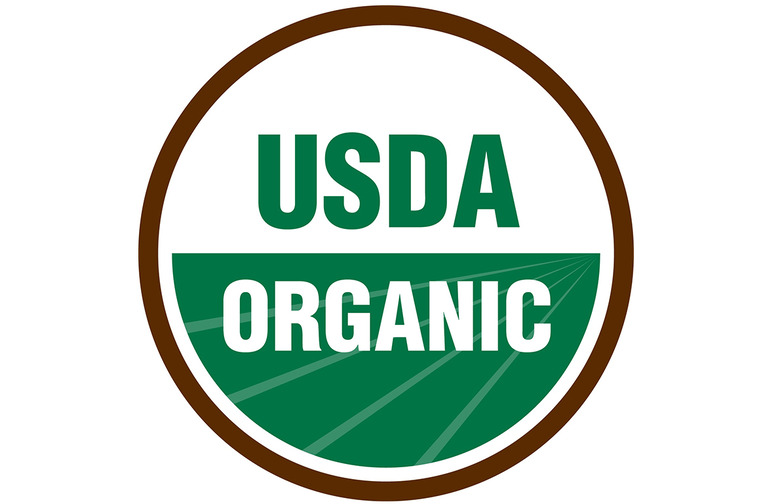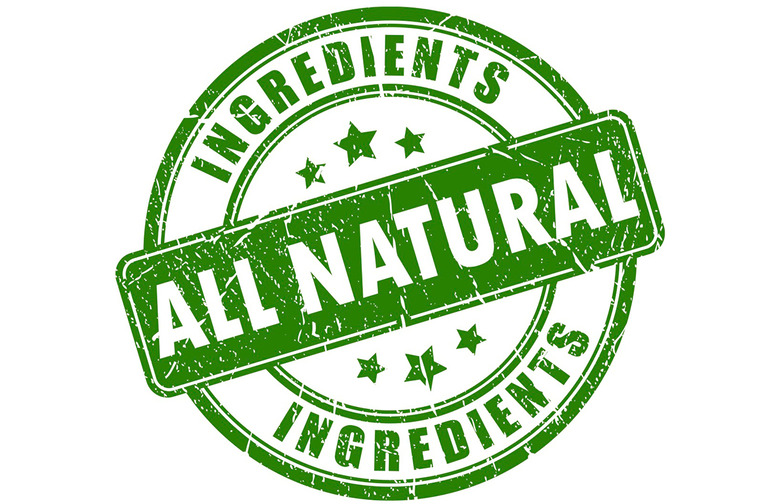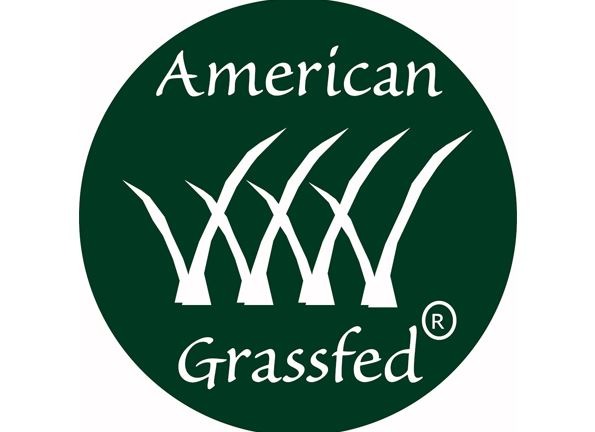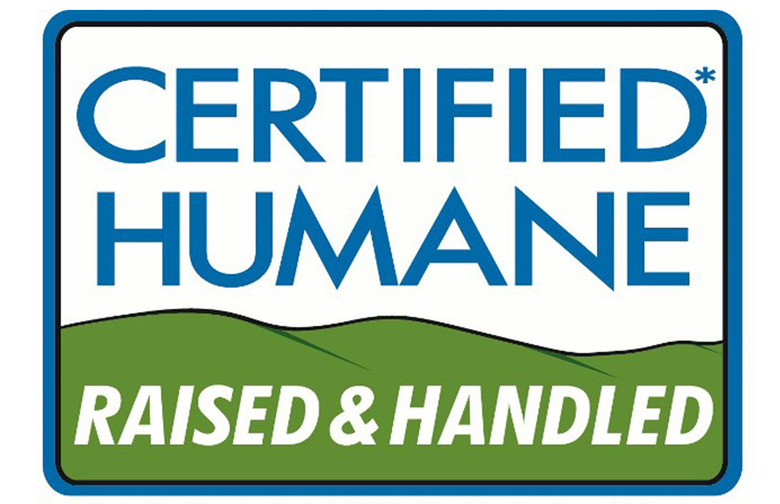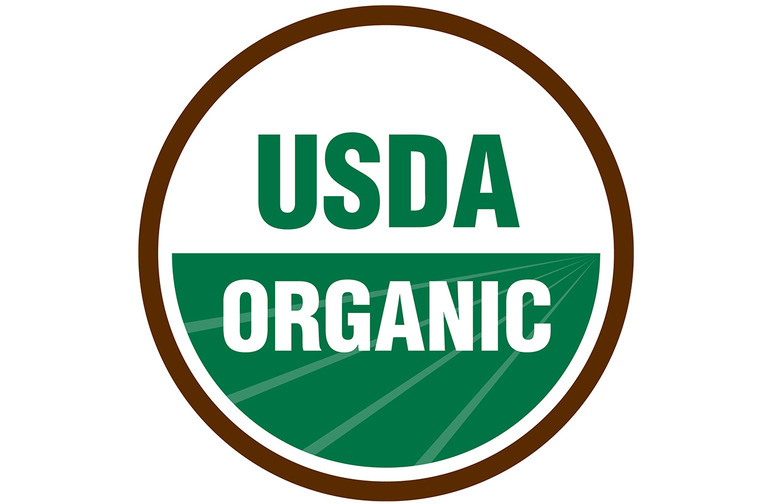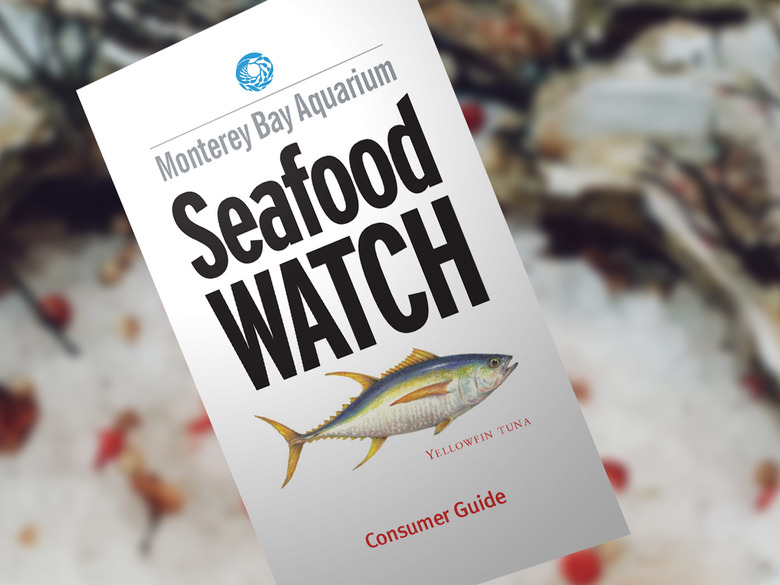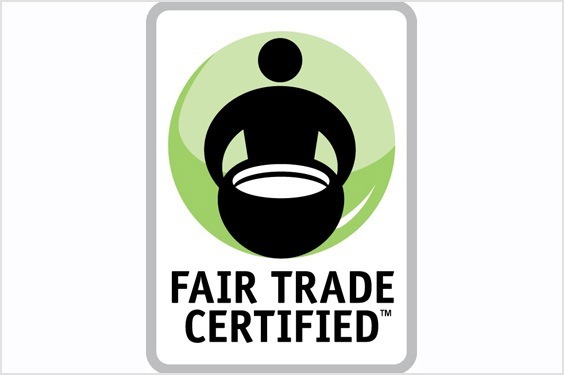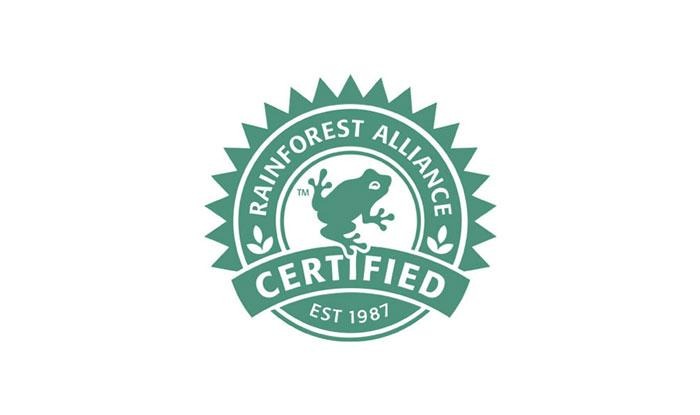Food Labels We Look For And What They Really Mean
As you walk through the grocery store, it's not uncommon to pick up a product — say a carton of eggs, for example— and see that the package is plastered with an abundance of labels bearing various terms and certifications, all calling for your attention: Organic! Cage-Free! Non-GMO! All Natural! But what do these certifications actually mean? Do they make guarantees to the consumer or are they just marketing ploys?
It depends.
All-Natural
This is the most ambiguous labeling term in food marketing, as no government agency defines it officially. That said, the U.S. Food and Drug Administration "does not object" to the label "all-natural" if the product does not contain artificial dyes, artificial flavors, or synthetic substances. Note that the term has nothing to do with farming practices, humane animal treatment, GMOs, or organic agriculture.
American Grassfed
The American Grassfed label means that the animals were grass-fed throughout their entire lives with zero consumption of grain. This certification also prohibits the use of antibiotics and growth hormones. Without this official certification, the meaning of the term "grassfed" can vary; for instance a calf can be fed on grass for the first few months before being "finished" in a feedlot and its meat can still have this label on the packaging.
Animal Welfare Approved
The Animal Welfare Approved (AWA) label means that animals raised for meat, dairy, or eggs were treated humanely from birth to slaughter. It is the only certification to include restrictions on animal alteration (trimming beaks, castration, etc.), and calls for pasture raising. The AWA audits farms every year to ensure consistent practices. The AWA is rated as "highly meaningful" by Greener Choices Organization.
Cage Free vs Free Range
The term "cage free" is virtually meaningless; chickens are just raised in coops instead of cages and the label can appear on eggs from caged hens as long as each white laying hen is given at least 67 square inches (a piece of typing paper is 80 square inches) per bird within a cage. The term "free range" usually conjures images of happy chickens gallivanting about on open pasture, but in reality the USDA only requires about five minutes of open-air access per day to earn this designation.
Certified Humane
The goal of Humane Farm Animal Care is to improve the lives of farm animals by driving consumer demand for kinder and more responsible farm animal practices — specifically when it comes to slaughter. In their words, certified humane farmers don't use cages, crates, or tie stalls, and the animals are free to do what comes naturally; that is, "chickens are able to flap their wings and dust bathe, and pigs have the space to move around and root." However, these flapping chickens are not necessarily roaming outside; this certification does not have any "free-range" standards that require animals — poultry, pork, and beef — to see any outside time. Instead this certification has enclosure provisions that are set to minimize stress and boredom and maximize comfort. This certification does allow for animal alterations like de-teething and beak trimming for safety purposes. Animals produced with the certified humane label are fed a quality diet that does not use any animal by-products or growth hormones.
Certified Organic
The U.S. Department of Agriculture's certified organic labeling is governed by a strict and specific list of standards set by the organization. According to the USDA website, "Organic products come from animals that aren't given any antibiotics or growth hormones and plants that don't use most conventional pesticides, fertilizers made with synthetic ingredients, bioengineering or radiation." To earn this stamp, products must be 95 percent organic. However, products that are not fully organic but use some organic ingredients can list them on the ingredient label. But don't forget: Organic doesn't automatically mean healthier.
Certified Sustainable Seafood
The Monterey Bay Aquarium Seafood Watch is an activate participant in the global sustainability of seafood and updates their information every six months to stay relevant and on-trend. They create user-friendly seafood recommendation guides tailored to each state and incorporate a color-coded rating system that help consumers make informed decisions: the color green indicates the most sustainable choices, while yellow indicates good alternative and red contains a list of seafood options to avoid. The even have an app to help get information to consumers and make it easier to choose seafood that's fished or farmed in ways that protect sea life and habitats.
Fair Trade
The Fair Trade mark indicates that a product has been produced by a small-scale farmer, and that the farmer will share fairly in the profits from its sale. Fair Trade uses a "market-based approach that empowers farmers to get a fair price for their harvest, helps workers create safe working conditions, provides a decent living wage and guarantees the right to organize," according to Fair Trade USA. For their part, to earn Fair Trade status, farmers must meet specific social, economic, and environmental standards that include protection of workers' rights and the environment. It is worth noting, however, that although protecting the environment is an element of certification, it is not weighted as heavily as the focus on the economic benefits to the farmer.
Click here for 10 Things You Didn't Know About Fair Trade Coffee
Non-GMO
The term "GMOs" stands for "genetically modified organisms," and describes plants or animals that have been modified through genetic engineering techniques to possess traits that aren't naturally occurring. Plants in particular are often modified to withstand pesticides, severe climates, and disease; corn, soy, canola, sugar beets, and papaya are among the most common GMO crops. Critics of GMOs point to the lack of research about the potential side effects of altering genetics. Jeffrey Smith, founder of the Institute for Responsible Technology, calls GMO's "immature science." More worrisome is the use of pesticides designed to be used on GMO crops — principally Roundup, whose active ingredient, glyphosate, has been linked to heart disease, cancer, obesity, diabetes, Alzheimers, Parkinson's, autism, MS, anorexia, aggression, and depression. The question of whether or not GMO crops should be labeled as such is a hotly debated topic in the United States. While a new bill signed into law by President Obama last week requires products containing genetically modified material to be identified under some circumstances, many products now voluntarily carry labels stating that they are non-GMO. Note that non-GMO foods are not necessarily organic, but that certified organic foods are always non-GMO.
Rain Forest Alliance
This certification extends from food, to products, to tourism and is earned only if environmental, social, and economic criteria designed to conserve and protect wildlife, the ecosystem, and the local workforce are met. The Alliance bans the destruction of existing natural ecosystems to make room for farms, forbids the hunting or trafficking of wild animals on the farm, and opposes the use of fire for harvest preparation on sugarcane plantations. However, enterprises need to satisfy only 80 percent of the Alliance's criteria to earn its certification stamp. Also note that although the Alliance has a social mission, it is not considered a Fair Trade organization and is not focused on the rights of workers and small farmers in the way that Fair Trade does.
